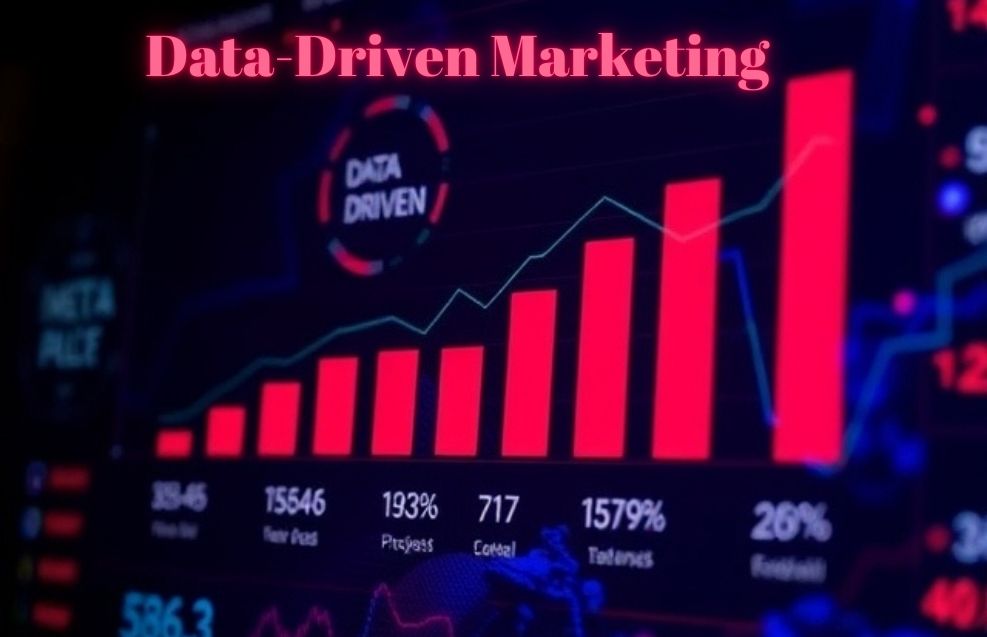Data-driven marketing has revolutionized how businesses approach their audiences, transforming campaigns into highly targeted and effective strategies. By leveraging analytics, marketers can extract valuable insights to understand customer behavior, optimize messaging, and ultimately drive better results. In today’s competitive landscape, data-driven marketing isn’t just an option—it’s a necessity.
The Role of Analytics in Data-Driven Marketing
At its core, this marketing relies on analytics to uncover patterns and trends that would otherwise go unnoticed. Analytics tools allow businesses to:
- Segment audiences: By analyzing demographic, psychographic, and behavioral data, marketers can create tailored campaigns for specific audience groups.
- Predict trends: Advanced analytics can forecast customer needs and preferences, enabling proactive marketing efforts.
- Optimize campaigns: Continuous tracking of campaign performance helps refine strategies in real-time, ensuring maximum ROI.
These capabilities empower businesses to make informed decisions and stay ahead of the competition.
Why Data-Driven Marketing Matters
- Personalization: Consumers today expect personalized experiences. This marketing ensures that every touchpoint is tailored to individual preferences, creating a stronger connection with the audience.
- Cost Efficiency: By targeting the right audience at the right time, businesses can reduce wasted ad spend and allocate resources effectively.
- Enhanced Customer Insights: Data-driven strategies provide a 360-degree view of customer behavior, enabling deeper understanding and long-term engagement.
- Improved ROI: With analytics-driven optimization, campaigns are more likely to achieve their objectives, resulting in higher returns on investment.
How to Implement Data-Driven Marketing
- Invest in the Right Tools: Choose analytics platforms that align with your marketing goals. Tools like Google Analytics, HubSpot, and Tableau can provide actionable insights.
- Clean and Organize Data: Ensure your data is accurate and well-structured. Data hygiene is critical for reliable analytics.
- Define KPIs: Clearly outline your key performance indicators to measure the success of your campaigns.
- Test and Refine: Use A/B testing and other methods to experiment with different approaches and continually improve your strategies.
Future Trends in Data-Driven Marketing
As technology evolves, this marketing will become even more sophisticated. Emerging trends include:
- AI and Machine Learning: These technologies will enhance predictive analytics and automate complex marketing processes.
- Real-Time Analytics: Faster data processing will allow for immediate adjustments to campaigns.
- Privacy-Centric Strategies: With increasing regulations like GDPR, marketers will need to balance personalization with ethical data use.
Conclusion
Data-driven marketing is the backbone of modern campaigns, offering unparalleled opportunities to connect with audiences and achieve business goals. By prioritizing analytics, businesses can create strategies that are not only effective but also adaptable to changing market conditions. Embracing this marketing today ensures success in tomorrow’s dynamic landscape.

